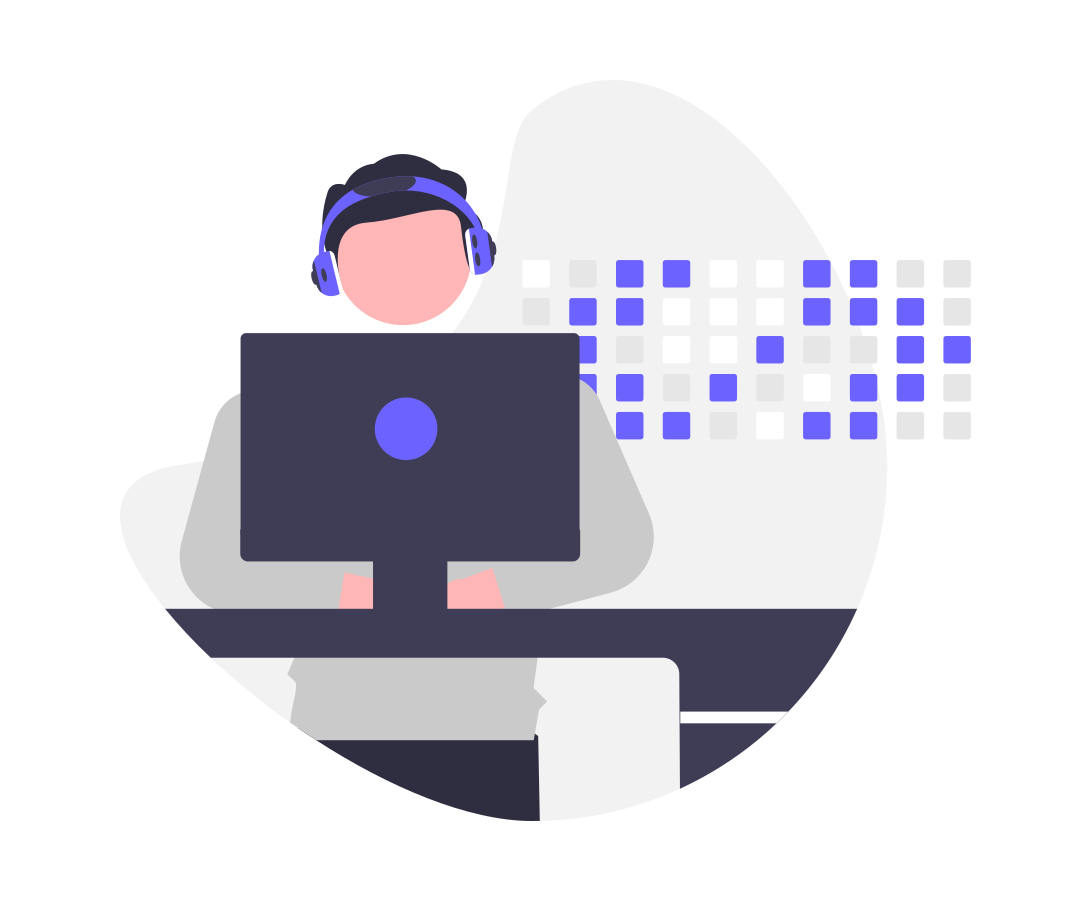The rise of AI is transforming the way we work, and two key players in this revolution are AI CoPilots and AI Agents. While both leverage advanced AI capabilities, their roles, applications, and potential impact differ significantly. Let’s dive into what sets them apart, whether one will evolve into the other, and why there’s room for both in the AI-powered future.
Generative AI: The Foundation
Before discussing AI CoPilots and Agents, it’s important to recognize the groundwork laid by traditional generative AI. Generative AI tools revolutionized productivity by automating tasks like drafting reports, generating emails, and creating content. They eliminated the need for painstaking manual effort, enabling users to produce high-quality outputs with just a few prompts.
This foundational technology set the stage for more advanced applications like CoPilots and Agents, which take productivity and autonomy to the next level.
What Are AI CoPilots?
Think of an AI CoPilot as your trusted digital assistant, always by your side, helping with specific, domain-focused tasks. A CoPilot enhances your productivity by providing contextual assistance in real time. It’s not about taking over your work but making it smoother, sharper, and more efficient. Examples include:
- Code debugging: GitHub’s Copilot suggests code snippets, helps debug errors, and speeds up development workflows.
- Content creation: Tools like Jasper and ChatGPT draft content based on user input, improving efficiency for marketers and writers.
- Financial modeling: AI-powered tools assist in creating detailed spreadsheets and forecasting models for finance professionals.
AI CoPilots are incremental in nature, continuously improving how users perform their tasks. They act as augmented extensions of human intelligence, enabling users to do their work better, faster, and smarter.
What Are AI Agents?
AI Agents, on the other hand, are autonomous entities capable of taking ownership of complex tasks and making decisions without constant user intervention. They function more like digital team members, evolving over time as they “learn” and adapt to your needs. Key characteristics include:
- Autonomy: Unlike CoPilots, Agents don’t just assist; they can execute tasks from start to finish.
- Scalability: Agents can manage multiple responsibilities, from customer support to lead generation.
- Learning curve: You can "train" AI Agents, onboarding them much like you would a human employee.
For example:
- A marketing AI Agent could autonomously create, execute, and optimize ad campaigns.
- A sales AI Agent could engage leads, qualify them, and even schedule meetings.
- An operations AI Agent could monitor workflows, identify inefficiencies, and suggest improvements.
AI Agents are revolutionary, offering businesses the potential to scale operations without increasing headcount.
CoPilots vs. Agents: Key Differences
| Feature |
AI CoPilots |
AI Agents |
| Primary Role |
Assists with tasks, enhances user efficiency |
Executes tasks autonomously |
| Dependence |
Relies on user input for direction |
Operates with minimal user intervention |
| Scope |
Domain-specific assistance |
Broad, cross-functional capabilities |
| Learning Curve |
Little to no onboarding required |
Requires training and gradual responsibility |
| Impact |
Incremental productivity gains |
Transformational operational efficiency |
Do AI CoPilots Evolve into AI Agents?
Not necessarily. While the technologies share foundational similarities, they serve distinct purposes and will coexist as complementary tools. Here’s why:
-
Different Applications:
- CoPilots excel in individual productivity, providing specialized assistance in real-time.
- Agents thrive in team and organizational settings, taking over repetitive or complex tasks.
-
Incremental vs. Transformational:
- CoPilots make existing workflows smoother and faster.
- Agents introduce entirely new workflows, enabling businesses to scale operations autonomously.
-
User Involvement:
- CoPilots are extensions of the user, requiring constant interaction.
- Agents act independently, delivering results without continuous oversight.
The Next Wave of Disruption
The emergence of AI CoPilots and AI Agents represents the next big wave of technological disruption—akin to the transformation sparked by SaaS in the early 2000s. Early adopters of these tools will gain a significant edge by streamlining operations, reducing costs, and staying ahead of the competition.
- AI CoPilots: Ideal for individual contributors and small teams looking for efficiency boosts.
- AI Agents: Perfect for scaling businesses seeking autonomous solutions for repetitive or labor-intensive tasks.
Why They’re Here to Stay
The adoption of CoPilots and Agents isn’t a question of “if” or “when”—they’re already reshaping industries. From enhancing creativity to driving operational excellence, these tools are here, and they’re transforming the way we work. Businesses that integrate both will unlock unparalleled productivity gains and operational agility.
What’s Your Take?
How do you see AI CoPilots and Agents shaping your industry? Will you embrace them as complementary tools or focus on one over the other? Let us know in the comments!


